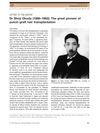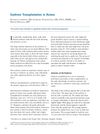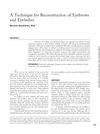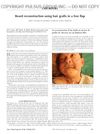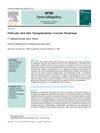A Visit to the House of Dr. Shoji Okuda
November 2009
in “
Hair transplant forum international
”
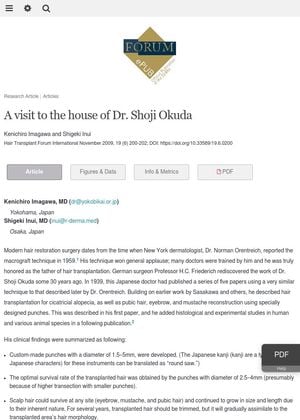
TLDR Dr. Shoji Okuda's early hair transplantation techniques were rediscovered after being overlooked due to World War II.
In 1939, Japanese doctor Shoji Okuda published a series of papers on hair transplantation techniques, which were similar to those later described by Dr. Norman Orentreich in 1959. Okuda's work, which was largely forgotten due to the onset of World War II, included hair transplantation for cicatricial alopecia, as well as pubic hair, eyebrow, and mustache reconstruction using custom-made punches with a diameter of 1.5–5mm. He found that the optimal survival rate of transplanted hair was achieved with punches of 2.5–4mm in diameter. Okuda also discovered that scalp hair could survive and continue to grow at any site, and that all cases of hetero-hair-transplantation were unsuccessful. His work was rediscovered 30 years later by German surgeon Professor H.C. Friederich. Okuda's original papers were translated into English and made available to scholars in 2003.
